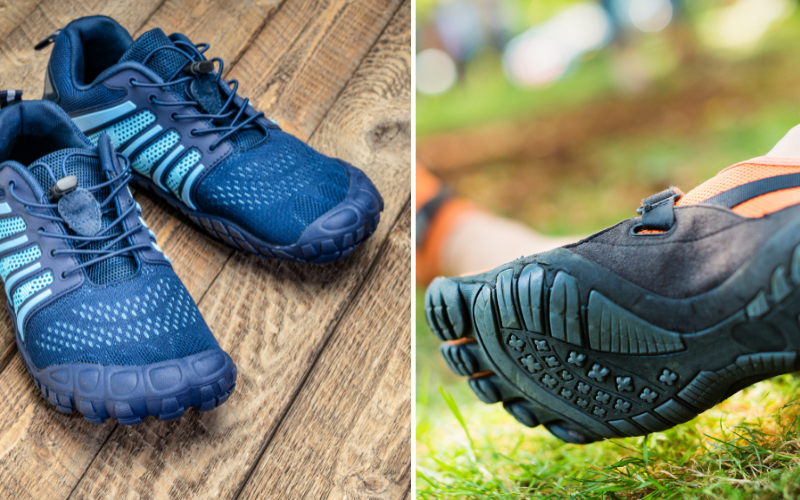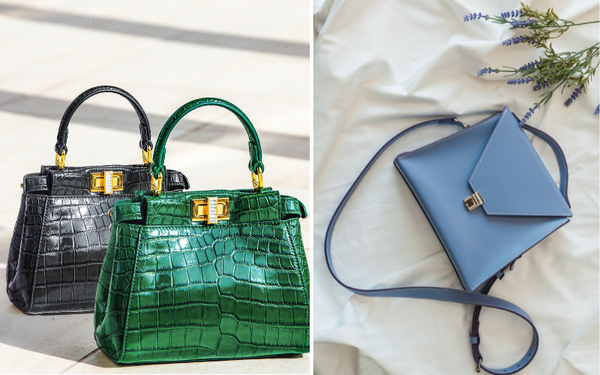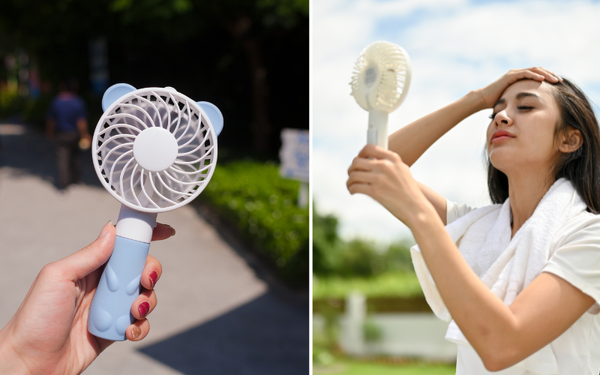Are barefoot shoes healthy? Barefoot shoes aim to keep your feet in their natural shape and movement, which can strengthen muscles and improve balance. Yet, transitioning too quickly can lead to injuries. This article uncovers the health benefits and risks of barefoot shoes, helping you make an informed decision.
Key Takeaways
- Barefoot shoes are designed to mimic natural foot movement with minimal padding and a zero-drop heel.
- They can strengthen foot muscles, enhance proprioception, and potentially reduce knee and back pain, but transitioning should be gradual to avoid injury.
- Not everyone is suited for barefoot shoes, especially those with certain foot conditions, and scientific evidence on their benefits remains mixed.
1 Understanding Barefoot Shoes
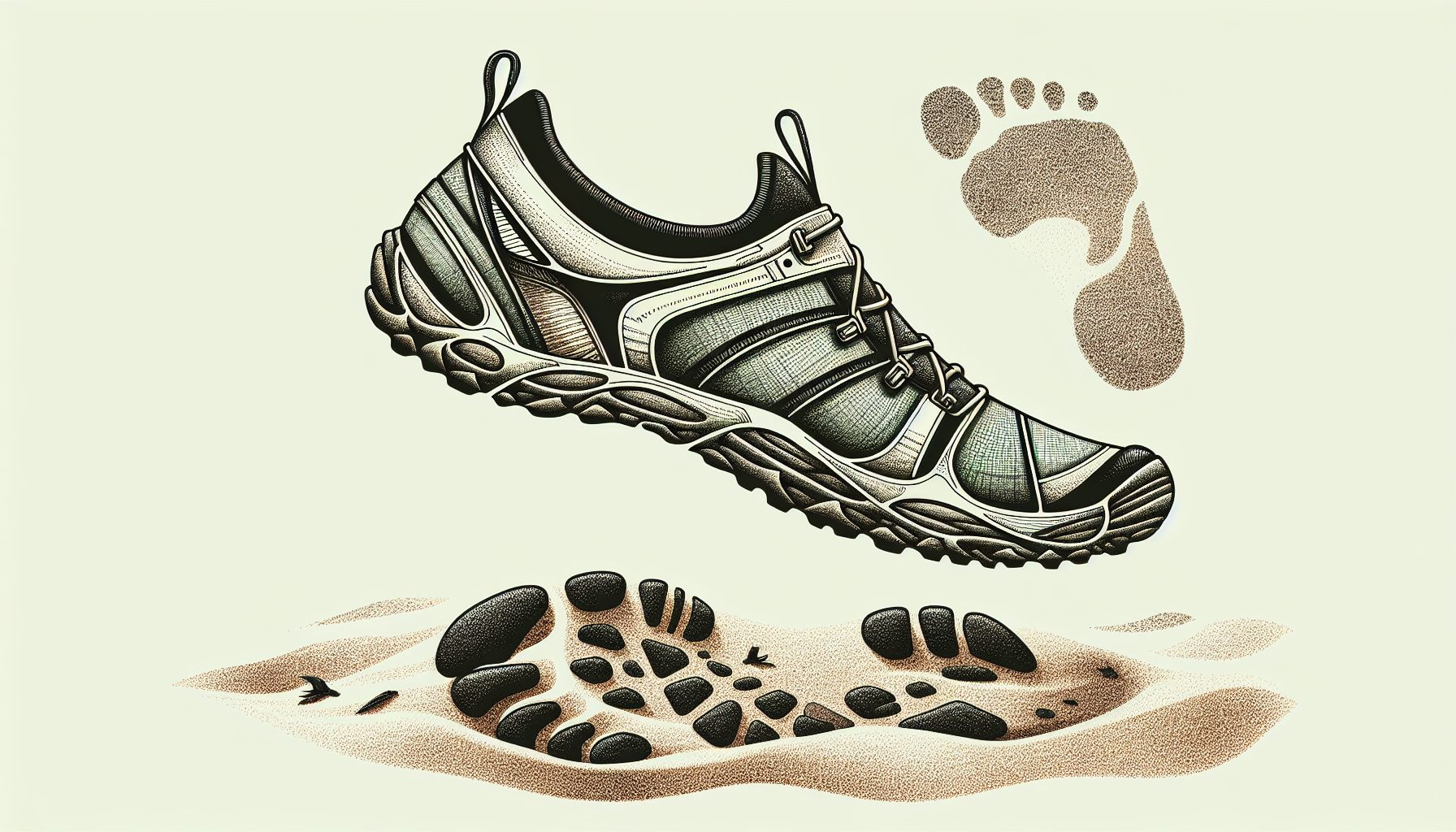
As you explore the world of barefoot shoes, you’ll discover footwear engineered to respect the foot’s natural shape and motion. Unlike the chunky, heavily cushioned shoes that dominate the shoe store aisles, barefoot shoes, or minimalist shoes, embrace a zero-drop heel, minimal padding, and ultra-thin soles—all in a bid to let your feet move as freely as if you were walking barefoot. With features such as a wide toe box that encourages your toes to spread naturally and minimal arch support, these shoes aim to foster foot function and mobility.
The stark contrast to traditional running shoes is hard to miss. Where conventional shoes often come with stiff soles and a narrow fit that confines your feet, most barefoot shoes boast a flexible sole and a shape that mirrors the contours of your feet, providing an experience that’s as close to barefoot walking as you can get with shoes on. This design philosophy stems from the notion that footwear should be simplistic, and by removing excessive layers of support, our feet can regain their natural strength.
Health Benefits of Wearing Barefoot Shoes
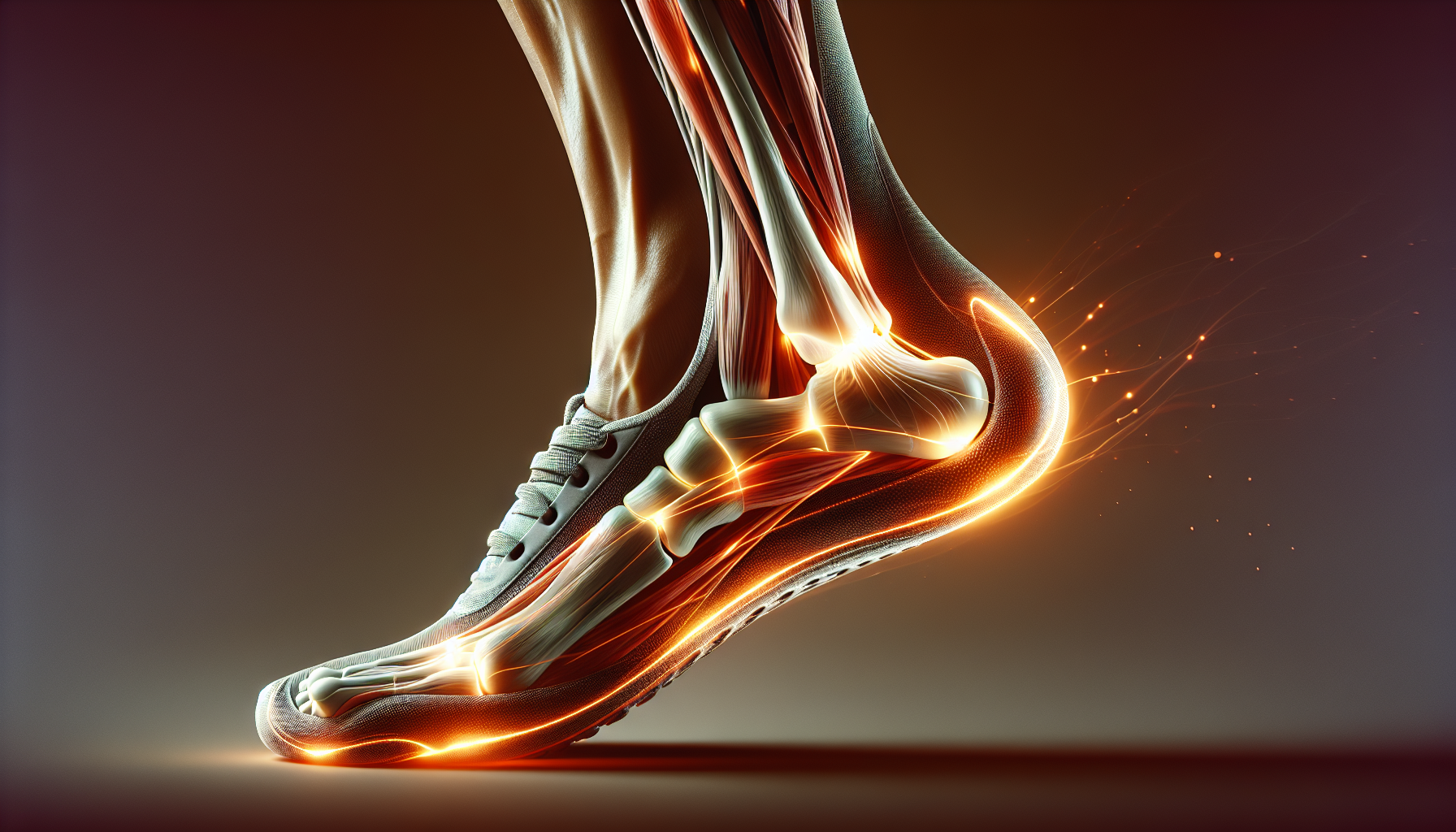
Donning a pair of barefoot shoes, also known as minimal shoes, is more than a fashion choice; wearing minimalist footwear could be a leap towards a healthier lifestyle. From the way we walk with our bare feet to the strength in our arches, minimalist footwear may recalibrate our bodies from the ground up, providing a platform (or rather, the lack of one) for improved foot health and less pain. So, are barefoot shoes good? The evidence suggests they might be.
Be it running down a trail or leisurely walking in your neighborhood, the advantages of barefoot shoes might be at your feet’s disposal.
Stronger Foot Muscles
Imagine your feet as a complex network of muscles, ligaments, and tendons, each craving the freedom to flex and strengthen with every step. Barefoot shoes champion this natural movement, activating and working out the muscles in your feet and ankles in ways that most shoes simply can’t match. By encouraging your feet to move and grow in their natural shape, you’re not just walking—you’re engaging in a form of foot exercise that could lead to stronger, more resilient feet.
The benefits of this muscle activation extend beyond mere strength. With stronger feet comes a reduced risk of common foot issues like plantar fasciitis, as well as a fortified foundation that supports the entire body. It’s a domino effect where the strength of your feet can impact your overall posture and alignment, leading to a healthier, happier you just by wearing the right shoes. Some of the benefits of strong feet include:
- Reduced risk of foot injuries
- Improved balance and stability
- Enhanced athletic performance
- Better posture and alignment
- Increased comfort and support
So, don’t underestimate the importance of strong feet and the role they play in your overall well-being.
Enhanced Proprioception
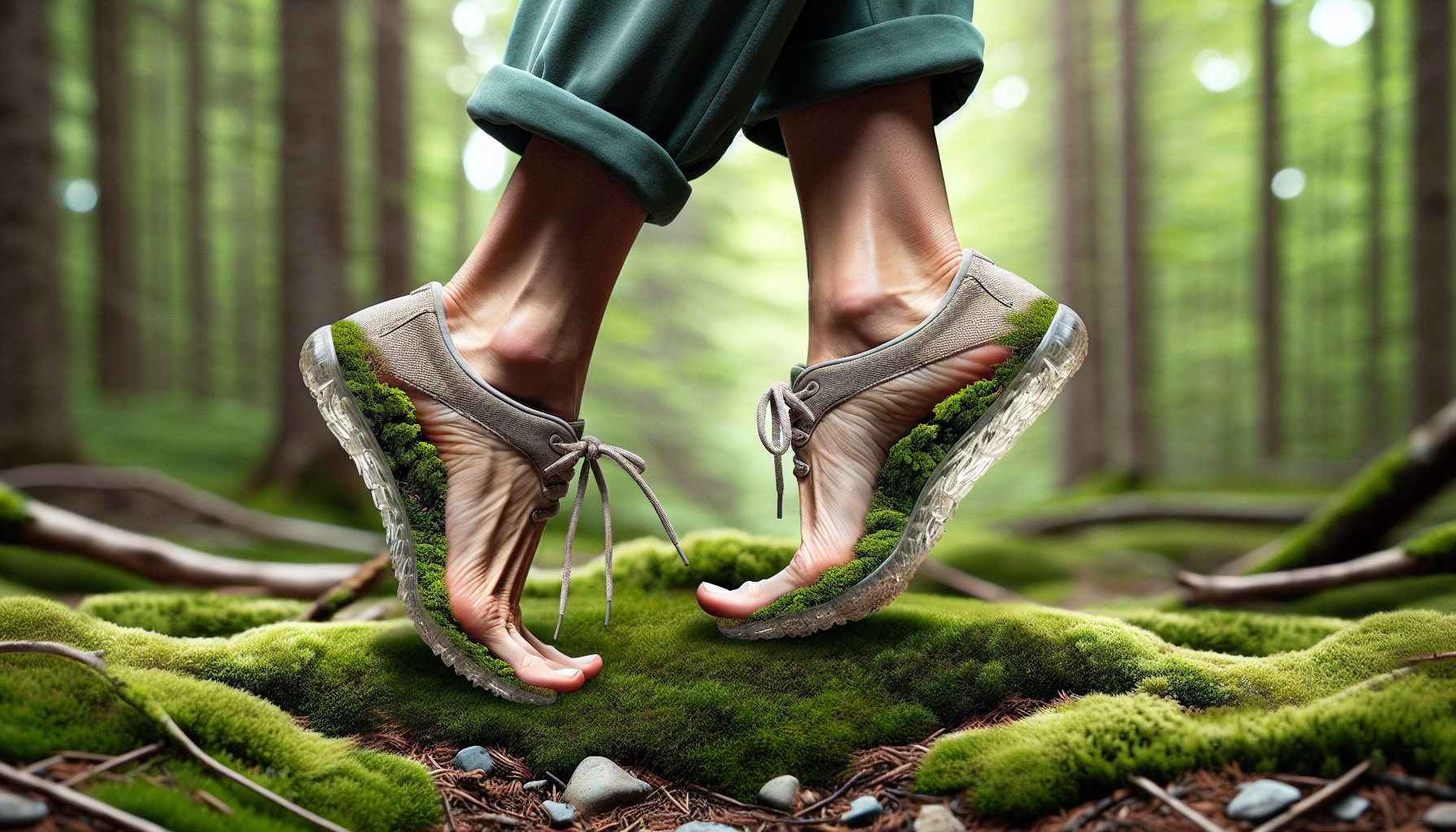
But the magic of minimalist shoes doesn’t end with muscle strength. Step into the world of enhanced proprioception, where the ultra-thin soles of barefoot shoes offer an intimate connection with the ground beneath you. This connection isn’t just poetic—it’s practical, providing a surge of sensory feedback that can improve your spatial awareness and balance dramatically.
Proprioception is your body’s ability to sense its position in space, and when it’s honed, it can transform the way you move. With each step in barefoot shoes, your feet are learning, adapting, and communicating with the rest of your body to navigate the world with more precision and grace. It’s like having a personal trainer for your feet, guiding you to a posture and gait that radiates confidence and control.
Reduced Knee and Back Pain
Now, let’s journey from the feet up the kinetic chain to the knees and back. As it turns out, the way we step has ripple effects that reach these higher joints, and wearing barefoot shoes can be akin to a form of physical therapy for your entire lower body. By promoting a more natural gait, where the front of the foot touches down first, there’s a lighter impact on the knees and hips, cushioning these joints in a way that high-heels and thick soles never could.
Studies suggest there might be more to it as well. For instance, evidence indicates that barefoot running might:
- reduce knee extension moment
- reduce power absorption at the knee
- potentially offer relief to those suffering from knee osteoarthritis, especially among elderly women
It’s a compelling case for considering the switch to minimalist footwear if knee pain or back pain has been a thorn in your side.
Risks and Considerations

With all the potential benefits, it’s tempting to throw out all your regular shoes and go full minimalist. But hold on to your shoelaces for just a moment. Transitioning to barefoot shoes isn’t without its risks. The very minimalism that can strengthen and enhance our feet also means less protection from the elements and environmental hazards. Walking barefoot every day, even in minimalist shoes, can expose you to injuries and infections if not done with care.
Moreover, not all feet are created equal, and certain conditions like diabetic neuropathy or structural foot problems such as bunions or hammer toes might not gel well with a minimalist approach. And for those who’ve already developed issues like flat feet, which can be a source of a myriad of bodily woes, the lack of support in barefoot shoes can exacerbate discomfort. Before embracing this trend, it’s important to consider the risks and evaluate if barefoot shoes align with your needs.
Gradual Transition is Key
So, what’s the best way to minimize these risks? The answer is a slow and steady transition. Our feet are used to the support and cushioning of traditional shoes, and they need time to build the strength required to go minimalist. Here’s how to make the transition:
- Start by wearing your new barefoot shoes for just an hour a day.
- Increase the duration slowly, adding 15-30 minutes each day.
- Pay attention to any discomfort or pain and adjust accordingly.
- Gradually increase the intensity of your activities while wearing barefoot shoes.
- Listen to your body and give it time to acclimate to the new demands without overwhelming it.
By following these steps, you can start wearing barefoot shoes, minimize the risks, and enjoy the benefits of wearing barefoot shoes. To wear barefoot shoes effectively, it’s essential to follow the proper guidelines and gradually adapt to this new footwear style.
For runners, especially, the adjustment is not just about time spent in the shoes but also about changes in running technique. Embracing softer landings and a more natural running form is part of the process, and paying attention to your body’s signals is paramount. Discomfort or pain can be a sign that you’re moving too quickly, so ease into the transition and give your body the time it needs to adapt.
Potential for Increased Injury
In spite of careful planning, hastily switching to barefoot shoes can still lead to injuries. Recreational runners, in particular, may find it virtually impossible to switch overnight without risking overuse injuries. Limited evidence suggests that the increased power absorption at the ankle, a common occurrence when running barefoot, might contribute to these injuries.
It’s a cautionary tale that underscores the importance of patience and listening to your body throughout the transition.
Comparing Barefoot Shoes with Traditional Footwear
To understand the difference, let’s juxtapose barefoot shoes with their traditional counterparts. On one side, we have the conventional running shoes with their elevated heels—usually ten to twelve millimeters higher than the forefoot—designed to absorb the shock of pounding pavement. These shoes come in various flavors: neutral, stability, and motion control, each offering a level of support and cushioning tailored to the runner’s needs.
On the flip side, barefoot shoes strip away the complexities, offering minimal support and a thinner sole that encourages a more natural running form. The differences in support, sole thickness, and impact on foot health are stark and raise an important question: Are we sacrificing our foot’s natural abilities for the sake of perceived comfort and stability?
Scientific Evidence Behind Barefoot Shoes
Supporting the barefoot shoe trend with robust scientific evidence presents some challenges. While some enthusiasts swear by the benefits, scientific evidence remains limited and mixed. However, a glimpse into this research reveals intriguing findings, such as reduced maximum vertical ground reaction forces in barefoot runners, which could translate to less stress on the body. Additionally, studies suggest that barefoot running may lead to an increased stride frequency and a shorter stride length, which could improve running biomechanics.
But the science isn’t all one-sided. For instance, a systematic review scrutinizing 23 studies found the evidence on the biomechanical differences between barefoot and shod running to be conflicting at best. And while a study comparing minimalist sandals to supportive shoes among the Rarámuri tribe showed more favorable kinematics in the former, such research is too limited to draw sweeping conclusions. So while the evidence might tip the scales in favor of barefoot shoes, the verdict is still out on how significant these benefits truly are.
Practical Tips for Starting with Barefoot Shoes
Considering trying barefoot shoes? Here are some practical tips to help you get started correctly. Before you even step into a pair of minimalist shoes, spend time barefoot at home to acquaint your feet with the feeling of freedom. Research resources like ‘The Ultimate Barefoot Shoes FAQ’ and consider foot health exercises, like using toe spacers, to prep your feet for the change.
When you’re ready to buy, be selective—find shoes that fit well and suit your intended use.
Start Slow and Listen to Your Body
The golden rule when adopting barefoot shoes: start slow and listen to your body. Begin by wearing them for just a few minutes at a time, and be mindful of any discomfort or pain.
Gradually increase the duration as your feet grow accustomed to the new sensations and demands. Remember, each person’s transition period will be different, influenced by factors such as foot health, previous injuries, and individual foot type.
Select the Right Barefoot Shoe
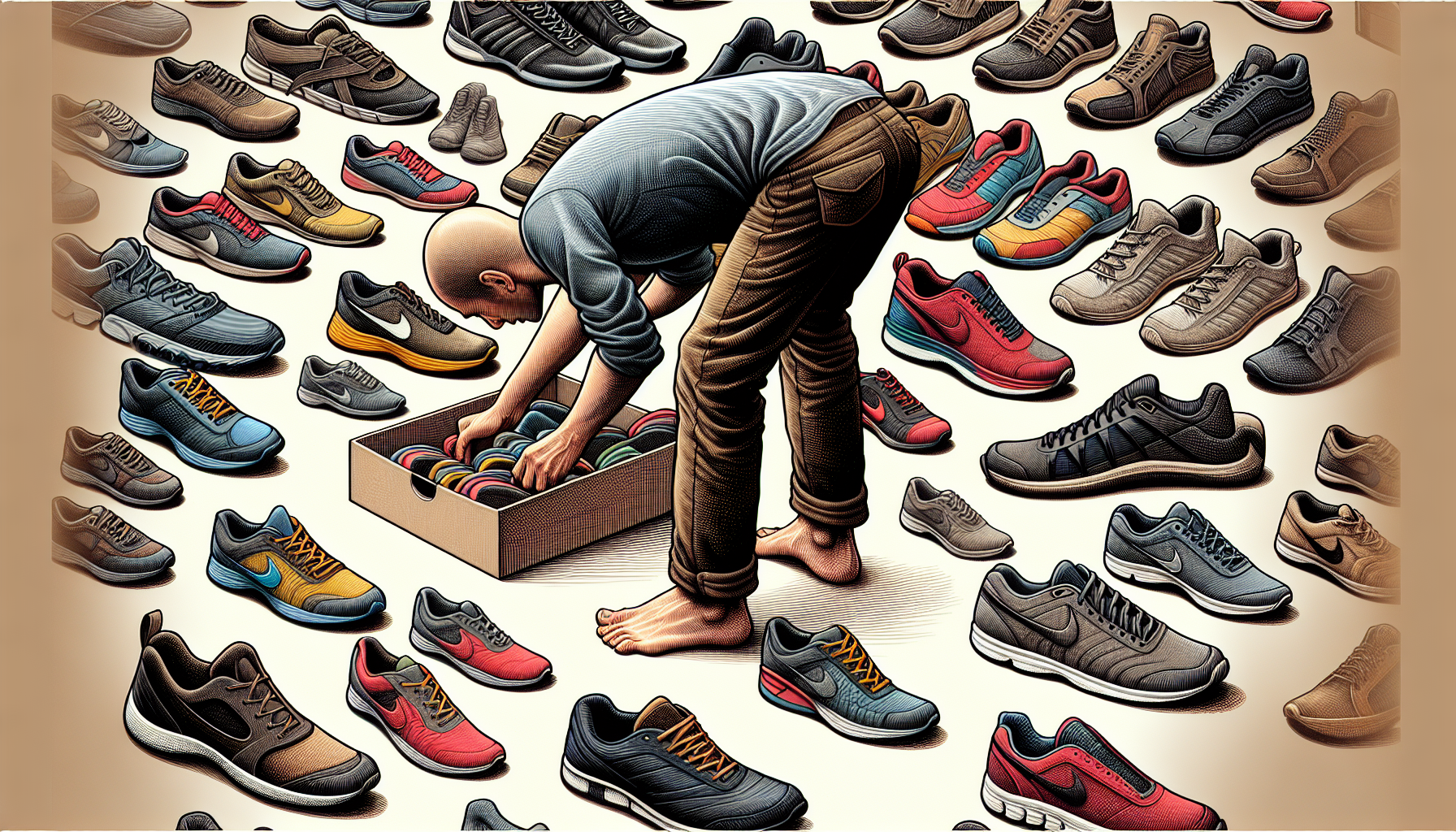
Choosing the right barefoot shoe is crucial for a successful transition. Consider the terrain and activities you’ll be engaging in, as well as the flexibility and thickness of the sole that would best suit your needs. It’s a good idea to try out various models and brands, and don’t hesitate to seek advice from experts at specialty running shops. They can help you navigate the choices and find a shoe that provides the benefits of barefoot walking while still meeting your individual requirements.
Summary
As we lace up this conversation, it’s clear that barefoot shoes offer a unique approach to footwear, one that challenges the status quo and promises a host of benefits. From stronger foot muscles to improved balance and reduced joint pain, the allure of going barefoot (with a little protection) is compelling. Yet, as with any change, the transition requires careful consideration, patience, and a willingness to listen to your body.
Embrace the journey back to your roots, and remember that every step towards a more natural gait is a step towards better health. Whether you decide to dip your toes into the world of barefoot shoes or stick with your tried-and-true sneakers, the key is to find what works best for you and stride confidently in that direction.
Frequently Asked Questions
Can anyone wear barefoot shoes?
Barefoot shoes are not suitable for everyone. It's important to proceed with caution or avoid them altogether if you have diabetic neuropathy, bunions, hammer toes, or severe foot deformities.
How long does it take to transition to barefoot shoes?
It varies from person to person, but it's best to start wearing barefoot shoes for about an hour a day and slowly increase the time as your feet adjust.
Are barefoot shoes good for running?
Yeah, barefoot shoes can be great for running because they encourage a more natural running style and could lower the impact on your body. Just take your time to adjust and switch up your running technique.
Can barefoot shoes help with knee and back pain?
Yes, wearing barefoot shoes can potentially alleviate strain on joints and muscles, which may help reduce knee and back pain. Try giving them a go and see how they feel!
Are there any risks associated with barefoot shoes?
Yes, transitioning too quickly to barefoot shoes or not following proper guidance can increase the risk of injuries, such as metatarsal stress fractures or overuse injuries. It's important to take your time and seek guidance when switching to barefoot shoes.
You Might Also Like...
